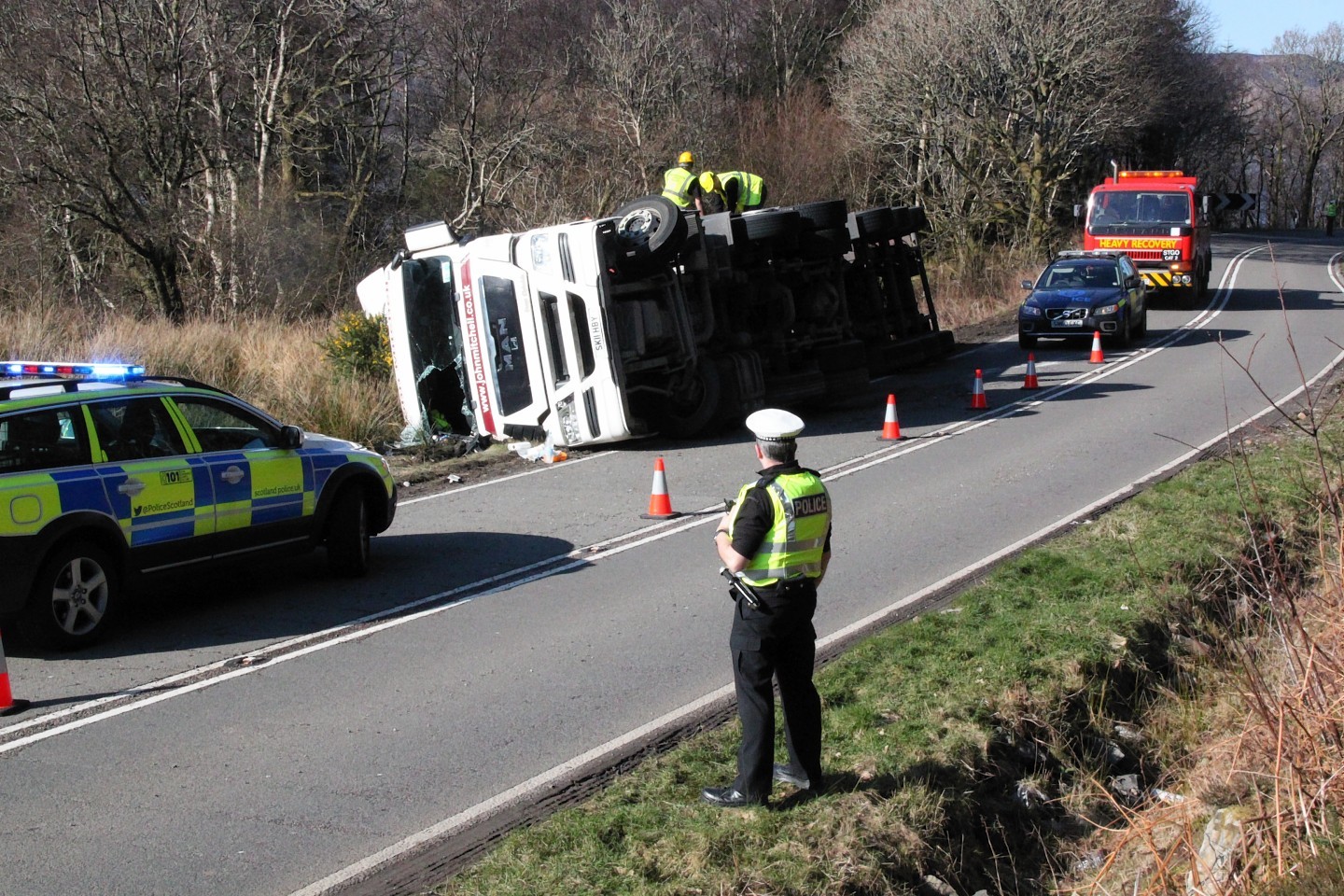Cutting the speed limit on a notorious Highland trunk road to try to reduce the number of people killed and seriously injured in accidents could have the opposite effect, it has been claimed.
Lorry driver Alex Stewart, of Balloch, by Loch Lomond, who has driven the A82 Glasgow to Inverness road regularly for more than 45 years, believes reducing the speed limit could cause more accidents through drivers becoming frustrated.
And his views are supported by a two-year experiment by the Danish road directorate.
There have been six fatalities in the past year on the A82 between Onich and Spean Bridge – one at Onich, one between Corran Ferry and Fort William, three at Spean Bridge and one at Torlundy.
Transport Scotland is now planning to reduce the speed limit on the 60mph sections between Ballachulish and Fort William in Lochaber to 50mph following a review of speed limits on trunk routes.
Mr Stewart said: “They are just looking at it on paper. They need to get out on the road and see what is actually happening.
“You get people driving around slowly looking at the scenery. The locals don’t have time for that. That’s where most of the accidents are coming from.
“Speeding is not the problem. It’s the slow traffic causing frustration and overtaking that causes accidents.”
RAC spokesman Simon Williams said a recent study in Denmark showed that increasing the speed limit to encourage slower vehicles to move faster, so people were not tempted to overtake, led to a reduction in the number of accidents.
He said: “However, it is important to understand the root cause of accidents – whether the contributory factors are speed or overtaking or something else – and then to deal with this as effectively as possible.”
And Stewart MacLean, of the A82 Partnership, said the differing views on the cause of accidents on the A82 reinforced his call for public consultation before “such a dramatic speed restriction”.
A Transport Scotland spokeswoman said the review was undertaken by the agency’s operating companies, which are responsible for the day to day management of the trunk road network.
She said: “The recommended 50mph speed limit was made in agreement with the police, who also have extensive operational experience on the route.”
She added that speed surveys were carried out and traffic volumes were taken into account as part of the review.
And she pointed out that before new speed limits were introduced, Transport Scotland published a notice of the intended changes and members of the public had six week to comment.
